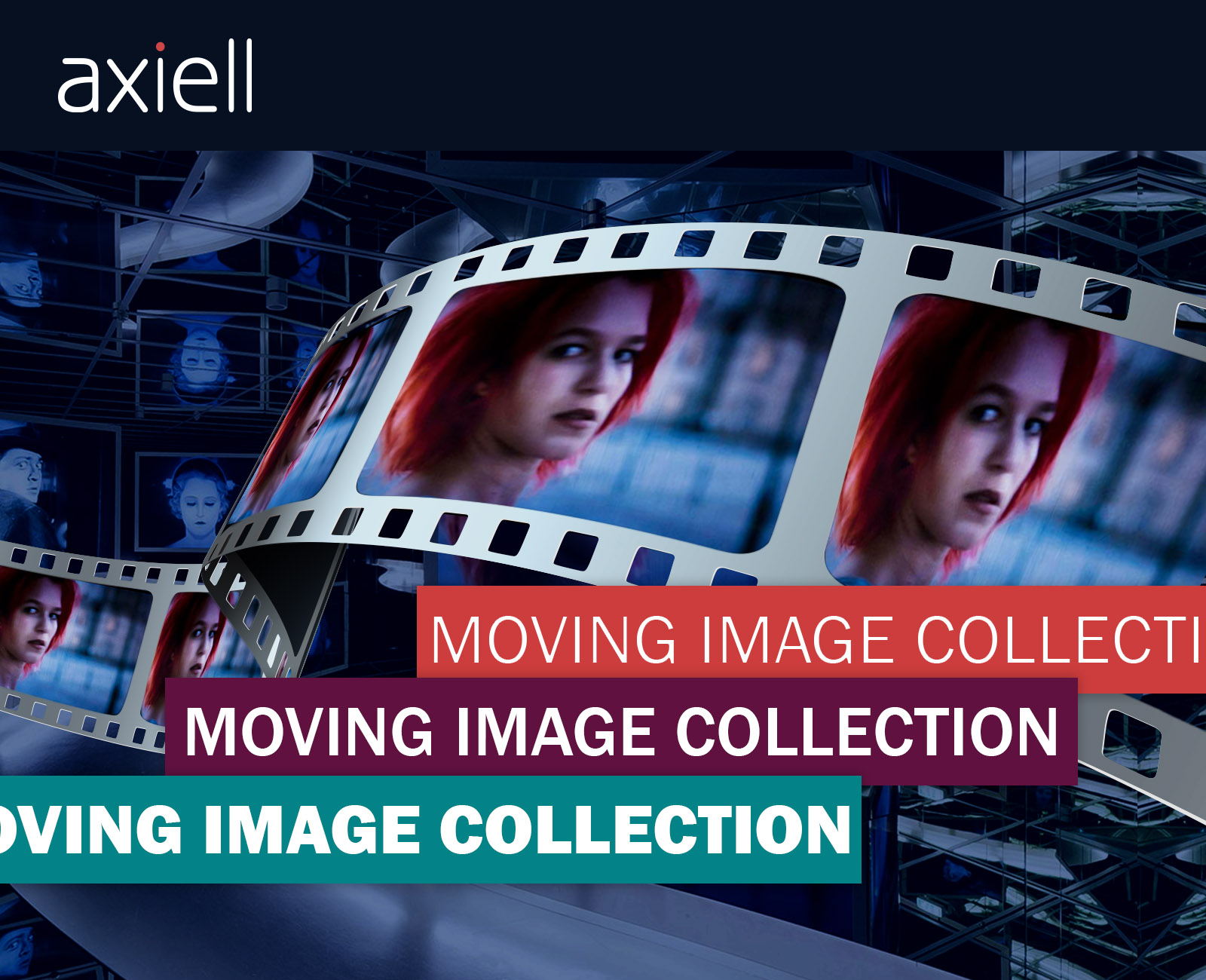In July 2020, through the teeth of the global COVID-19 pandemic, we conducted a survey in partnership with MuseWeb to ask decision makers and staff at a variety of cultural institutions questions about digital priorities, strategies, investments, and execution. This research builds upon the same survey that we issued in 2016, asking the same questions.
The most notable statistic: a full 58% of respondents described their institution’s digital strategies as either “still in development” or “still to come,” a 48% increase from 2016.
Yet it would be a mistake to infer this means digital initiatives aren’t moving forward. Rather, cultural institutions are finding that developing and implementing a digital strategy isn’t a matter of “one and done.” In fact, the deeper cultural organizations get into digital, the more opportunities they uncover to broaden their work – and its impact.
As a result, there are an increasing number of grants available for digital initiatives to continue driving innovation in the culture sector. Below is a compilation of culture sector digital transformation statistics and findings from our 2020 Digital Transformation Report. These stats are a great way to get a quick pulse on the sector’s progress towards digital and can be used for grant writing and reporting.
Findings from Axiell and MuseWeb’s 2020 Culture Sector Digital Transformation Report:
- Only 10% of respondents said that their organization’s digital strategy is referenced regularly by digital, and other, practitioners on staff. That’s down from 22% in 2016, a 55% drop.
- 31% of respondents said creating quality cross-platform experiences is a priority for audience engagement. That number was 42% in 2016.
- 20% of respondents indicated that they are efficient in their content presentation with data coming from the same source and adapted based on channel. That number increased from 14% in 2016 which is positive.
- Interestingly when we polled in 2016, 14% of respondents said their collection was not available online, and 28% said that more than half of their collection was available online. Now the reverse is true. 28% of respondents in 2020 said their collection is not available online, and only 18% said more than half is available online.
- 38% of respondents indicated that content for their collection is created in bursts and driven by short-term projects. 24% said content is constantly enhanced with a long-term strategy for data management. In 2016 these numbers were 27% and 35% respectively showing less planned and more sporadic content creation.
- In 2016, 9% of respondents said it was a smooth process to enrich data for their digital media and share it online. Happily, that number has climbed to 16% in 2020, a 78% increase.
- There was a 36% decrease in respondents who use an ecommerce site for their museum store (47% in 2016, 30% in 2020).
- 42% of respondents say they don’t have an ecommerce site, but that it would be relevant to have one.
- Almost 50% of respondents agreed or strongly agreed that their organization was only supportive in allocating resources to new initiatives if the project is grant funded. 55% agreed or strongly agreed that their organization was open to allocating resources, only if the new idea involved staff time and existing resources, no new funds.
- 50% of respondents also agree or strongly agree that they are in a constant state of flux with resources that are unpredictable.
- 55% of respondents are prioritizing investment in digitizing their collection, up from 49% in 2016. Marketing investment has seen a significant drop from 62% in 2016, to 37% in 2020, a 40% decrease.
The following findings are from two new questions in the 2020 survey that were not included in the 2016 research.
- 21% of respondents suggest developing or expanding distance learning for K12 audiences is a top-level priority. 41% mark it as a mid-level priority.
- Unsurprisingly, 64% of respondents say their K12 education programming has traditionally not been online. 38% of respondents are in the process of expanding education programming to accommodate distance learning.
Discover more insights in the full digital transformation report!




